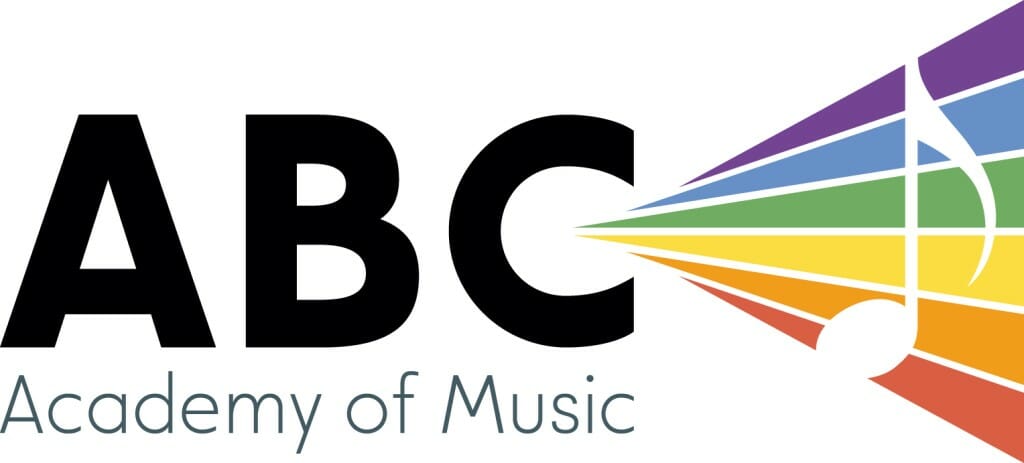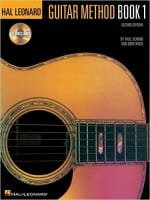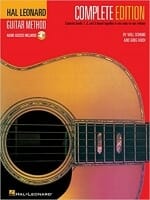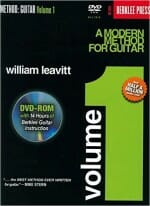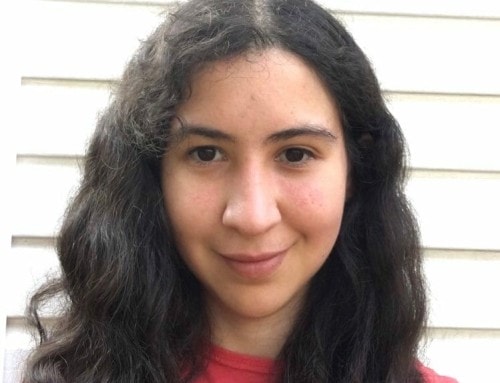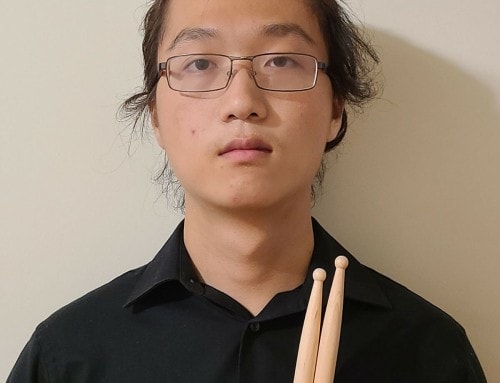BFA (York)
Daniel is a multi-instrumentalist, composer, and performer from Toronto with a passion for exploring music of all genres and origins.
Daniel received his Honours Bachelor Degree in Music at York University where he originally attended for jazz, but soon branched out into Film Composition and world music such as Klezmer, Balkan folk, Baglama, Eastern European Folk, Flamenco, and Celtic. Since graduating he has primarily focused on crafting and performing on soundtracks for various feature and short films, plays, and television pilots, including Netflix releases and one theatrical release under the mentorship of the prominent Canadian Composer, Lesley Barber.
On the performance front he has also performed and written several EP’s alongside other Toronto artists in the genres of rock, funk, metal, alternative, folk, experimental, and flamenco, and continuously explores new and interesting avenues of guitar related genres.
Music for him is a life long pursuit, and he approaches it as a life long student. Through the one know many.
Get to know Daniel…Beyond the Bio!
Hobbies: Camping, hiking, travelling, board games, reading, cooking and exercise!
Musical Influences: Jóhann Jóhannsson, Bonobo, Radiohead, Thomas Newman, Joe Hisaishi, Plini, Periphery, Paco de Lucia, Pink Floyd, Bob Dylan, The Beatles, Neil Young, Devendra Banhart, Philip Glass, Steve Reich, Igor Stravinsky, etc…
Favourite Food: Shawarma, anyday.
Least Favourite Food: the over/poorly cooked variety.
Favourite music: Rock, Psychedelic, Metal, Folk, Ambient, Electronic, Original Soundtracks, Folk.
Favourite Song: At the moment it would be The Girl From North Country by Bob Dylan.
Favourite Movie: Jojo Rabbit
Favourite Book: a tie between – Joseph Campbell, The Power of Myth; Khalil Gibran, The Prophet.
Favourite Quote: “We have created a Star Wars civilization, with Stone Age emotions, medieval institutions, and godlike technology.” – E. O. Wilson
Latest Homework from Daniel
Is Daniel Your Teacher?
Sign up now to get your weekly assignments delivered, and never lose your homework sheet again!
January 14th, 2020.
Eliana
Recommended practice time: 15 minutes daily
What to practice: Continue with Sunshine of Your Love, and the Pentatonic exercises, and take a look at the A Minor Scale as well
How to practice effectively: Take it slow and focus on letting all the notes ring out to their fullest, and try playing along to both a metronome and to recordings of Sunshine of Your Love, and some backing tracks for improvising.
We missed you this week, I hope everything is well and to see you next time!
Aarna
Recommended practice time: 10 minutes daily
What to practice: Crazy on You by Heart, Sunshine of Your Love by Cream, and the F Major scale (all found here)
How to practice effectively: Play at a steady pace where you can play through the entire songs without making many mistakes or having to stop – speed will come with time. Remember to keep your fingers assigned to the frets like we spoke about, and for the scale try starting from the top and working your way down, and back up, with a focus on having the down direction as clean as the up!
Good work this week, get your practice in and you’ll be good to go.
Aarnav
Recommended practice time: 5-10 minutes daily
What to practice: Superstition by Stevie Wonder, F Major Scale (all found here)
How to practice effectively: For Superstition I want you to play it a handful of times getting it under your fingers and in your memory, and then listen to the song to play along (slowing down as much as needed on youtube). You have it pretty well there, but playing with a recording will help solidify the part. While playing the scale I want you to keep your fingers assigned to a fret and to try to keep the note lengths as even as possible as you play up and down.
Good stuff Aarnav! Can’t wait to work towards some U2 tunes!
Simon
Recommended practice time: 10 minutes daily
What to practice: Guns & Roses – Sweet Child of Mine (rhythm and lead), A minor Scale. (found here)
How to practice effectively: While playing the lead part, slow it down and experiment alternate picking (down, up, down, up) rather than just straight down picking. It will make the parts where you have to skip strings significantly easier, and is a technique that is generally very helpful for guitar playing. On the rhythm side, for now just get comfortable switching from chord to chord while holding them for the right amount of time (look at the music for this). Once you get comfortable with that start to add in the embellishments used with the added pinky, or taking off your ring finger, etc… The end goal will be able to see these available options for these chords and use them in other songs when they come up, but, one step at a time! Keep up with the A minor scale for now and remember to slide your thumb back while playing on the low E A D strings – it’s okay to let it creep up beyond that though.
Solid playing Simon, i’m excited to see you advance with some of these songs!
Preferred Books for Daniel’s Students
Click to buy them here, and they’ll come right to your house! What could be easier?
Hal Leonard Guitar Method
The second edition of this world-famous method by Will Schmid and Greg Koch is preferred by teachers because it makes them more effective while making their job easier. Students enjoy its easy-to-follow format that gives them a solid music education while letting them play songs right away. Book 1 provides beginning instruction including tuning, 1st position melody playing, C, G, G7, D7, and Em chords, rhythms through eighth notes, solos and ensembles and strumming.
Hal Leonard Guitar Method COMPLETE
The Hal Leonard Guitar Method is designed for anyone just learning to play acoustic or electric guitar. It is based on years of teaching guitar students of all ages, and reflects some of the best teaching ideas from around the world. This super-convenient Complete Edition features the new and improved method books 1, 2 and 3 spiral-bound together.
Modern Method for Guitar
Modern Reading Text in 4/4
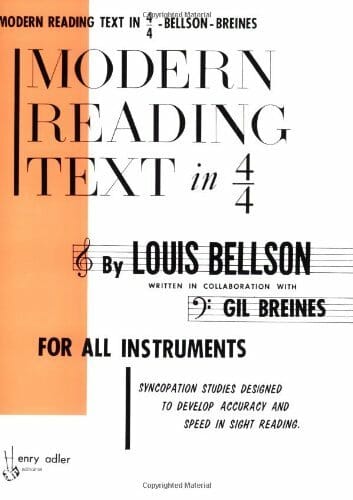
This book has become a classic in all musicians’ libraries for rhythmic analysis and study. Designed to teach syncopation within 4/4 time, the exercises also develop speed and accuracy in sight-reading with uncommon rhythmic figures. A must for all musicians, especially percussionists interested in syncopation.
Hal Leonard Music Theory for Guitarists
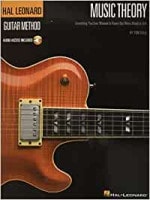
Guitarists of all levels will find a wealth of practical music knowledge in this special book with online audio access. Veteran guitarist and author Tom Kolb dispels the mysteries of music theory using plain and simple terms and diagrams. The accompanying recordings provide 94 tracks of music examples, scales, modes, chords, ear training, and much more! To access audio visit: www.halleonard.com/mylibrary
